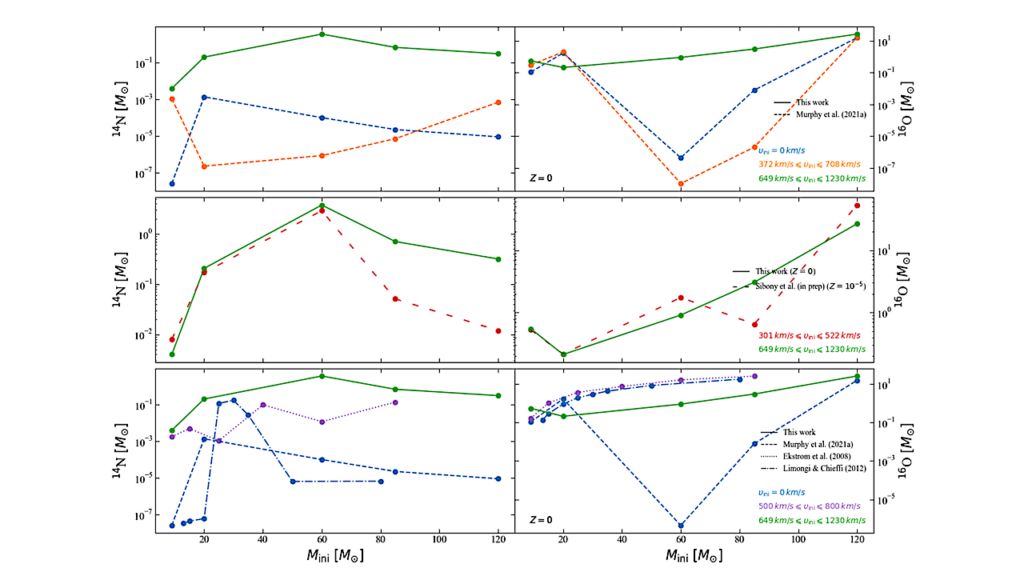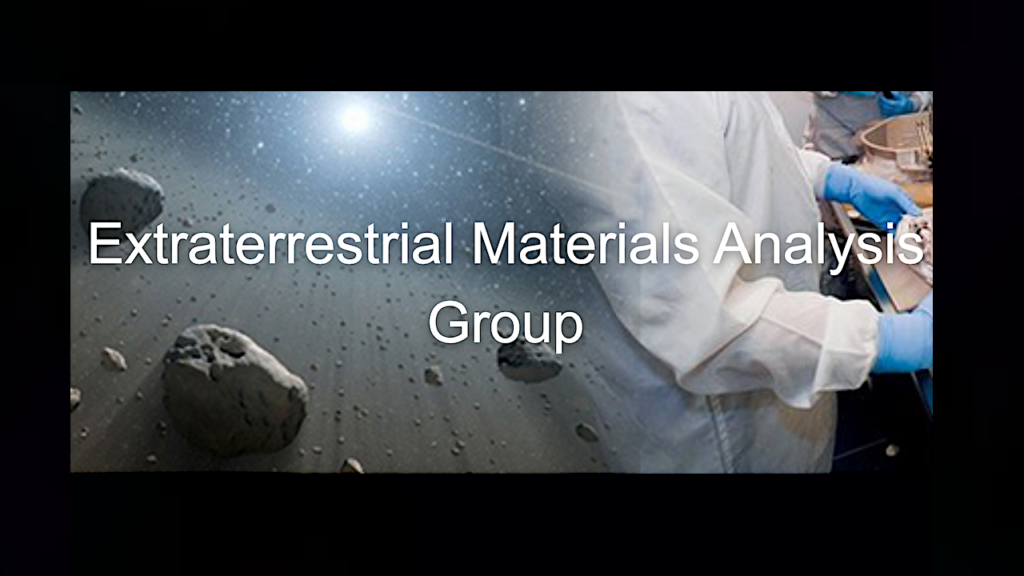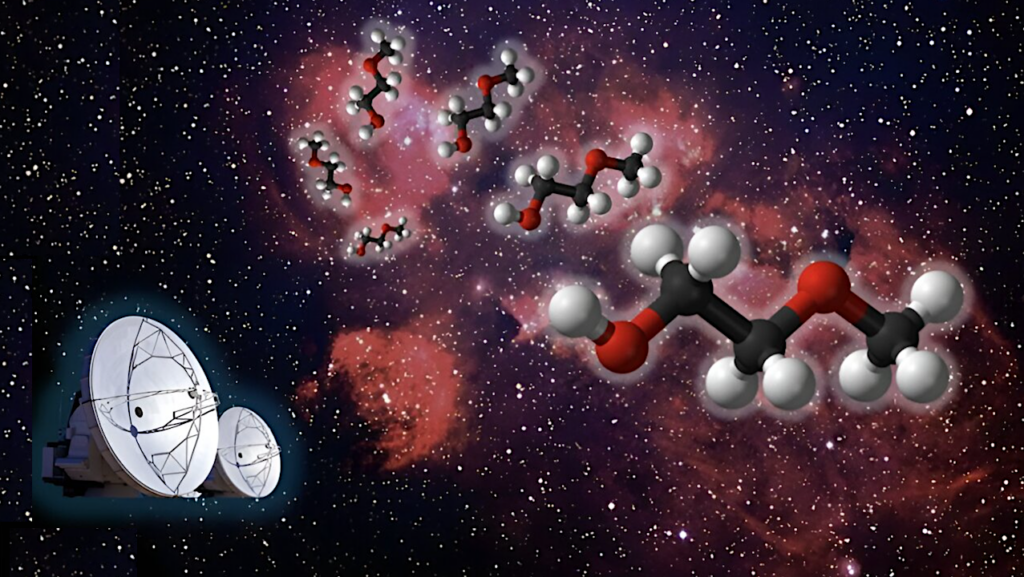Inferring the CO2 Abundance in Comet 45P/Honda-Mrkos-Pajdušáková from [O I] Observations: Implications for the Source of Icy Grains in Cometary Comae
![Inferring the CO2 Abundance in Comet 45P/Honda-Mrkos-Pajdušáková from [O I] Observations: Implications for the Source of Icy Grains in Cometary Comae](https://astrobiology.com/wp-content/uploads/2024/01/Inferring-the-CO2-Abundance.png)
The study of cometary composition is important for understanding our solar system’s early evolutionary processes. Carbon dioxide (CO2) is a common hypervolatile in comets that can drive activity but is more difficult to study than other hypervolatiles due to severe telluric absorption.
CO2 can only be directly observed from space-borne assets. Therefore, a proxy is needed to measure CO2 abundances in comets using ground-based observations. The flux ratio of the [O I] 5577 A line to the sum of the [O I] 6300 A and [O I] 6364 A lines (hereafter referred to as the [O I] line ratio) has, with some success, been used in the past as such a proxy.
We present an [O I] line ratio analysis of comet 45P/Honda-Mrkos-Pajdušáková (HMP), using data obtained with the Tull Coudé Spectrograph on the 2.7-meter Harlan J. Smith telescope at McDonald Observatory, taken from UT February 21-23, 2017 when the comet was at heliocentric distances of 1.12-1.15 AU. HMP is a hyperactive Jupiter family comet (JFC).
Icy grains driven out by CO2 sublimation have been proposed as a driver of hyperactivity, but the CO2 abundance of HMP has not been measured. From our [O I] line ratio measurements, we find a CO2/H2O ratio for HMP of 22.9 +/- 1.4%. We compare the CO2/H2O ratios to the active fractions of the nine comets (including HMP) in the literature that have data for both values. We find no correlation.
These findings imply that CO2 sublimation driving out icy grains is not the only factor influencing active fractions for cometary nuclei.
Mikayla R. Huffman, Adam J. McKay, Anita L. Cochran
Comments: 17 pages, 8 figures. To be published in The Planetary Science Journal
Subjects: Earth and Planetary Astrophysics (astro-ph.EP)
Cite as: arXiv:2401.00956 [astro-ph.EP] (or arXiv:2401.00956v1 [astro-ph.EP] for this version)
Submission history
From: Mikayla Huffman
[v1] Mon, 1 Jan 2024 20:42:15 UTC (798 KB)
https://arxiv.org/abs/2401.00956
Astrochemistry, astrobiology,








